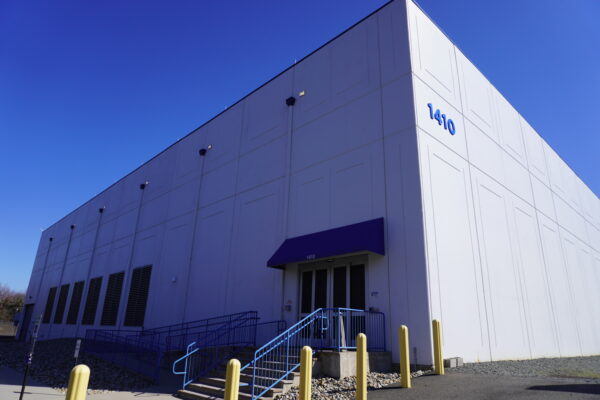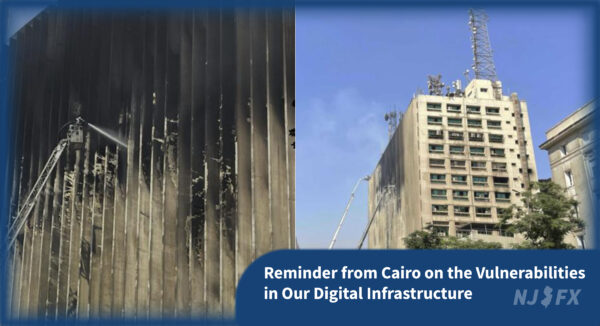
A Sobering Reminder from Cairo on the Vulnerabilities in Our Digital Infrastructure
Red Sea conflict threatens Key Internet Cables. Maritime attacks complicate repairs on underwater cables that carry the world’s web traffic.
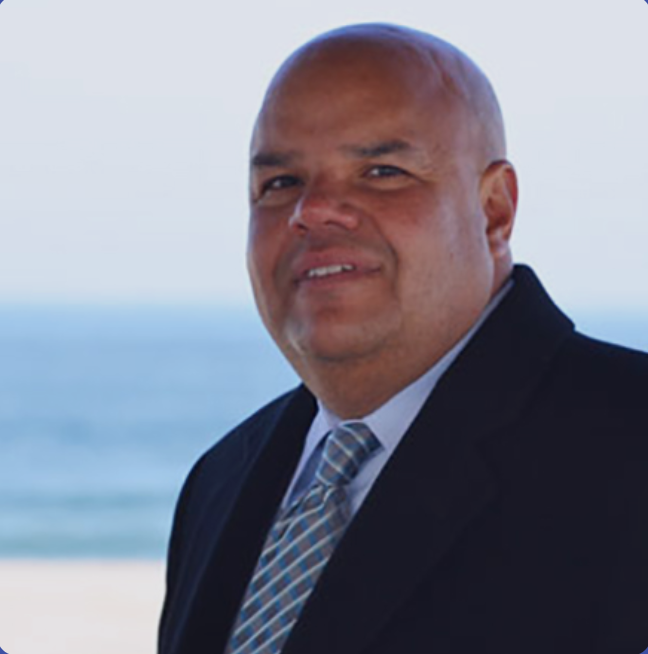
CEO
Febraury 4, 2019
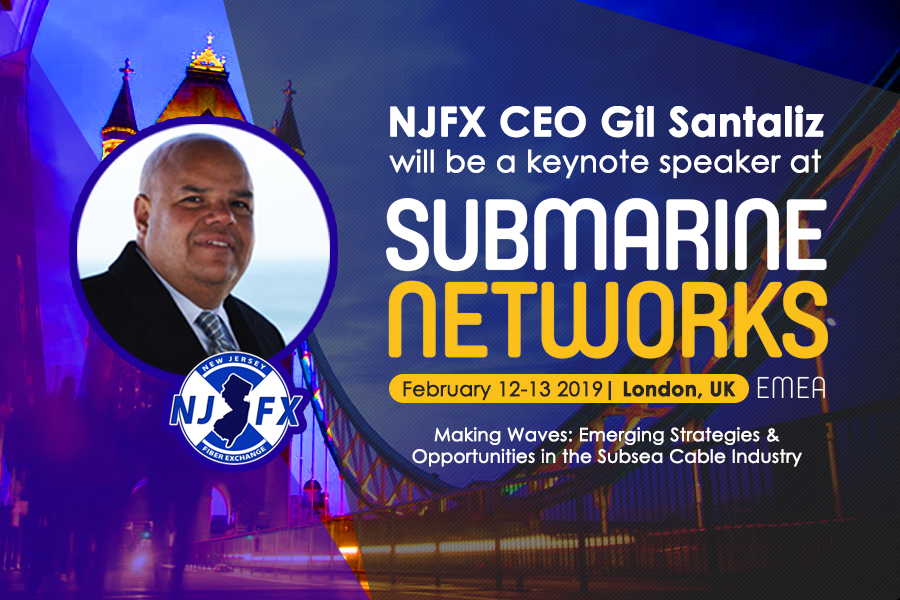
Wall, NJ – NJFX, the only Cable Landing Station (CLS) colocation campus in the U.S offering Tier 3, carrier-neutral capabilities, announces its CEO Gil Santaliz will be keynote speaker at the upcoming Submarine Networks EMEA conference in London, UK to be held February 12-13, 2019. Mr. Santaliz’s keynote session will be February 12 and is entitled ‘Transition at Transatlantic: TAT 2.0’. He will discuss North America’s vast data center landscape and the massive shift occurring across Atlantic subsea cables, and what happens when those cables reach their economic end of life. Mr. Santaliz will explain the dynamics related to OTTs migrating to their new cables as the new subsea systems become ready for service, along with the difficulties facing enterprises and carriers on the existing systems.
“It’s becoming clearer, that many enterprises’ network dependent businesses are connected through overlapping routes unknowingly,” comments Mr. Santaliz. “Some of those routes may be susceptible to damage from outages, cut networks as well as inadvertently by regrooming networks due to industry consolidation.” NJFX’s innovative Tier 3 CLS ‘Clarity in Connectivity’ approach helps financials, telecoms and multinational enterprises fortify their network routes and eliminate single points of failure from the U.S. national data hubs.
Mr. Santaliz will also be speaking February 12 with other industry thought-leaders on the panel entitled: ‘Making waves: Emerging Strategies & Opportunities in the Subsea Cable Industry’ along with Keith Schofield, Managing Partner of Pioneer Consulting, Zvika Caspy, Vice President Sales East Europe and Mediterranean, for Sparkle, Chris George, Strategic Negotiator for Google and Ari-Jussi Knaapila, President and CEO for Cinia Oy. This session will focus on the changing business models: recognizing cloud and content providers are part of the conversation and strategies for meeting global capacity demand.
In addition, Mr. Santaliz will join Mike Hollands, Director of Market Strategy for Interxion in an ‘Update on Marseille & New Jersey’ on February 13. Santaliz will discuss the importance of building a Tier-3 facility at an elevation where you can comfortably invest hundreds of millions of dollars in servers directly located on a CLS Campus.
“One subsea cable is a good application, but multiple subsea cables between four continents is a game changer,” comments Santaliz. “I believe the future of Cable Landing Stations lies within building a community where a healthy density of diverse networks is created and attracts other infrastructure development. Carrier-neutral facilities increase the likelihood that any submarine cable project will be a success. Massive bandwidth demands and the need for highly reliable network infrastructure are driving the need to locate multiple subsea cable systems in one place.” Mr. Santaliz will round out the conference with a ‘Hot Face-Off Live’ session with Isabelle Paradis, President of Hot Telecom and Nigel Bayliff, CEO for Aqua Comms.
NJFX has grown its unique CLS campus to having five subsea cable systems including TGN1, TGN2, Seaborn, and Wall-LI (2020), which can interconnect our clients across North America, Europe, Caribbean, South America, Africa and AsiaPac. The company also announced NJFX as the landing point for the latest transatlantic subsea cable system, HAVFRUE/AEC2 (2019).
###
About NJFX:
NJFX is a Tier 3 Carrier Neutral Cable Landing Station campus. Our colocation ecosystem has expanded to over 35 network operators offering flexibility, reliability, and security. Our Wall, NJ location provides direct access to multiple subsea cable systems giving our carriers diverse connectivity solutions and offers direct interconnection without recurring cross-connect fees.

Red Sea conflict threatens Key Internet Cables. Maritime attacks complicate repairs on underwater cables that carry the world’s web traffic.

Red Sea conflict threatens Key Internet Cables. Maritime attacks complicate repairs on underwater cables that carry the world’s web traffic.
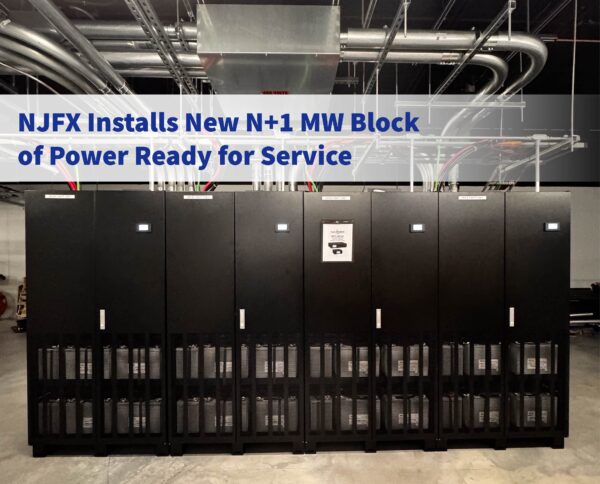
Red Sea conflict threatens Key Internet Cables. Maritime attacks complicate repairs on underwater cables that carry the world’s web traffic.
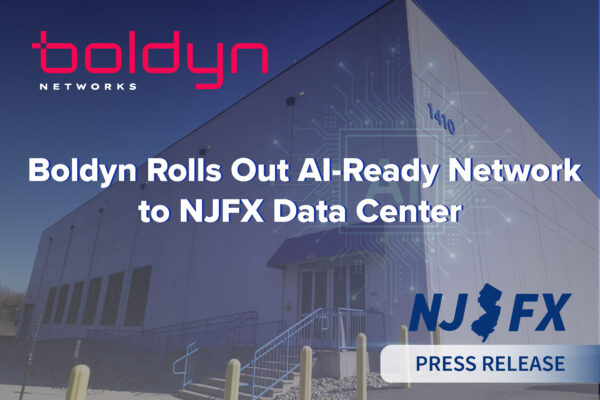
Red Sea conflict threatens Key Internet Cables. Maritime attacks complicate repairs on underwater cables that carry the world’s web traffic.
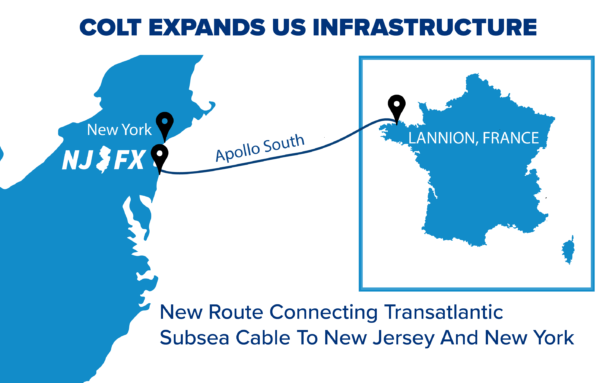
Red Sea conflict threatens Key Internet Cables. Maritime attacks complicate repairs on underwater cables that carry the world’s web traffic.
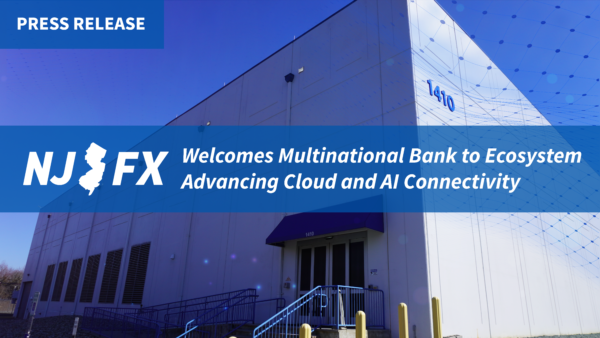
Red Sea conflict threatens Key Internet Cables. Maritime attacks complicate repairs on underwater cables that carry the world’s web traffic.

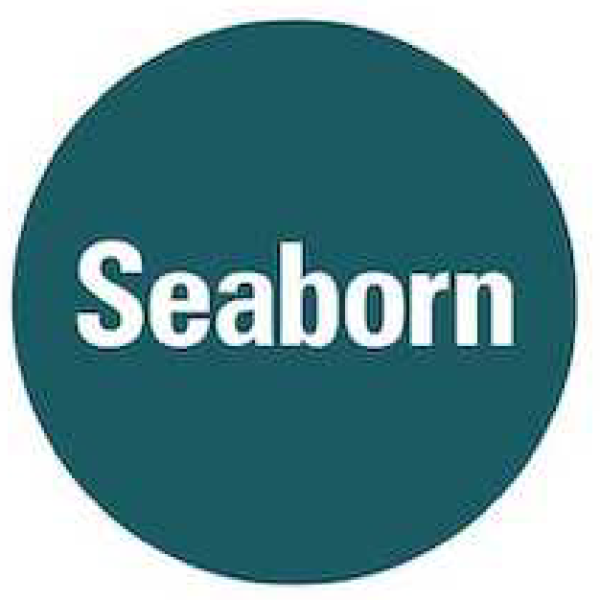







Experience the flexibility, reliability, and security yourself
